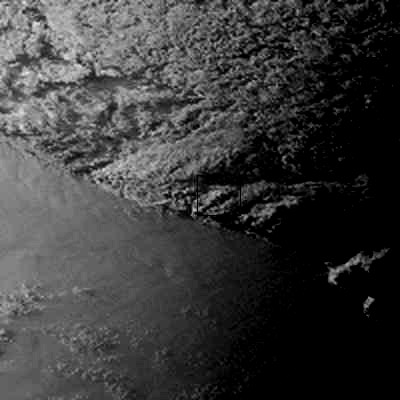Tim Vasquez
EF5
- Joined
- Dec 4, 2003
- Messages
- 3,411
For anyone who's read about the May 10, 1996 Mount Everest disaster (especially in Krakauers' Into Thin Air), you may find this of interest:
http://www.weathergraphics.com/tim/everestloop.gif (1.4 MB animated GIF)
The short story is climbers near the summit were caught in unexpected thunderstorm activity, and eight died. The overshooting tops can be seen pretty clearly on the last frame of the image, here (inside hairline box near center):

More on the disaster itself is on Google.
Tim
http://www.weathergraphics.com/tim/everestloop.gif (1.4 MB animated GIF)
The short story is climbers near the summit were caught in unexpected thunderstorm activity, and eight died. The overshooting tops can be seen pretty clearly on the last frame of the image, here (inside hairline box near center):

More on the disaster itself is on Google.
Tim
